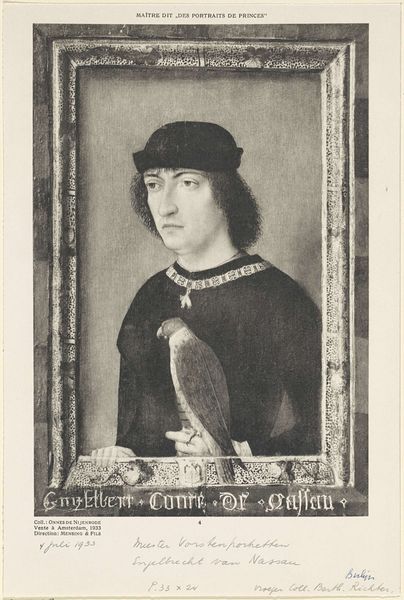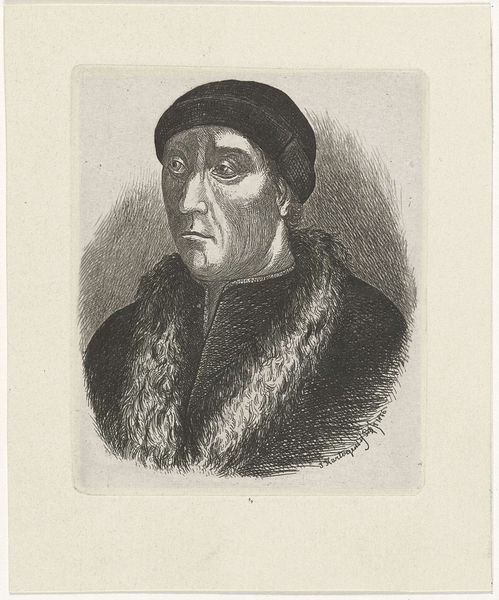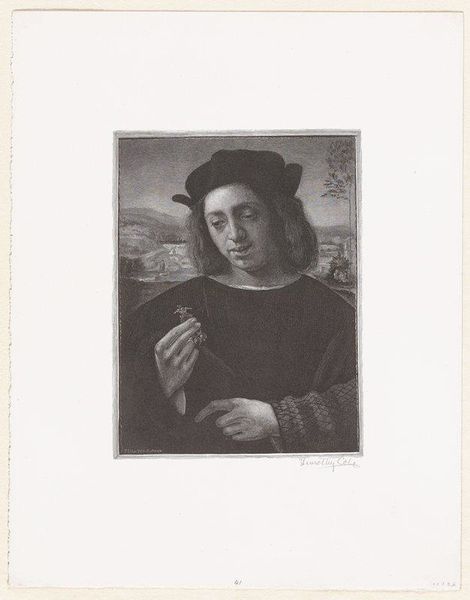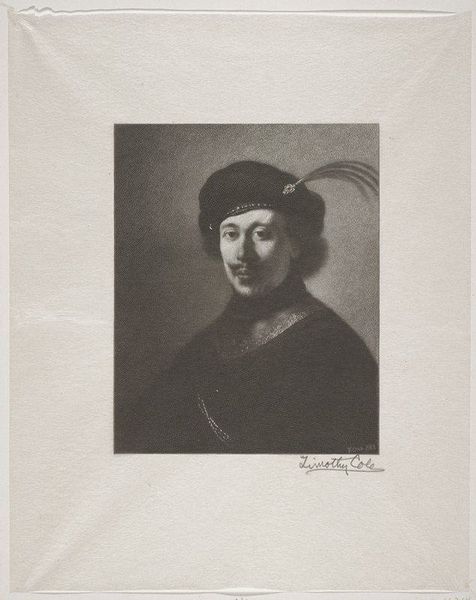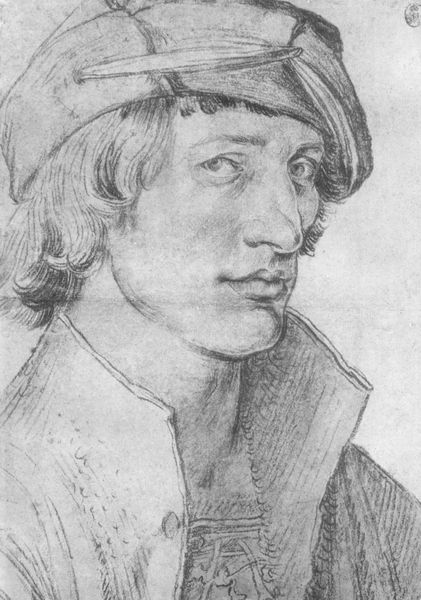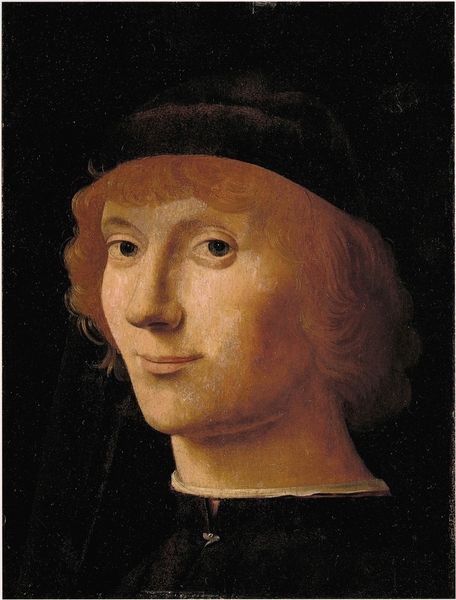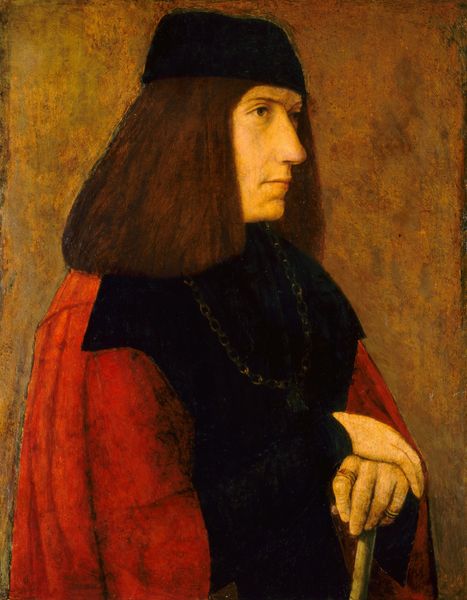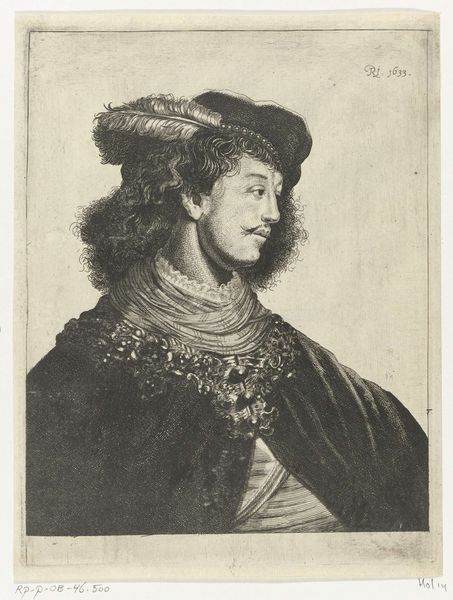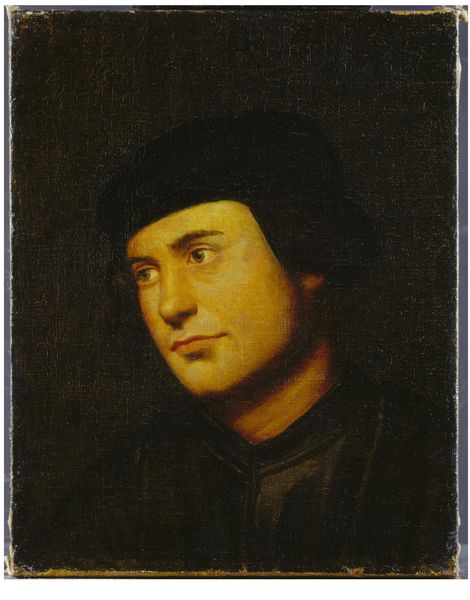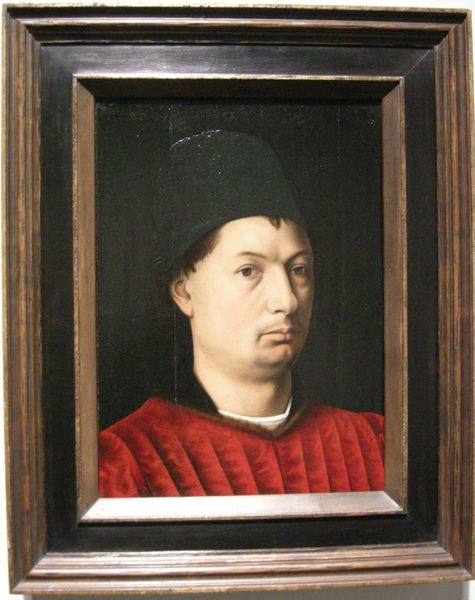
Portret van Engelbrecht II, graaf van Nassau-Dillenburg-Breda 1850 - 1930
0:00
0:00
print, photography
#
portrait
# print
#
photography
#
historical photography
#
portrait reference
#
19th century
#
genre-painting
Dimensions: height 347 mm, width 255 mm
Copyright: Rijks Museum: Open Domain
Curator: Oh, the stern gaze! It feels like being silently judged by history itself. Editor: Precisely. What we're viewing is a print, a photograph actually, titled "Portret van Engelbrecht II, graaf van Nassau-Dillenburg-Breda," dating from somewhere between 1850 and 1930. It's part of the Rijksmuseum collection. Curator: "Stern" doesn't quite capture it. More like… intensely focused boredom. The kind of look you get waiting for your falcon to finally decide whether or not that field mouse is worth the effort. I'm mostly struck by the soft tones; sepia feels timeless, doesn't it? Editor: The composition is classically formal, deliberately structured. Notice how the dark attire, juxtaposed against the relative lightness of his face and the falcon, emphasizes his noble status through stark contrast. The slightly off-center placement draws your eye towards his expression. Curator: The falcon is wonderful, that direct eye contact… What do you suppose the dynamic was like between noble and feathered friend? Was there a real connection, or simply a status symbol? And that frame within the frame – delicious! Makes the past feel both distant and curiously immediate. Editor: The framing device you note enhances the portrait’s presence. Symbolically, the frame can represent constraint or structure, reflecting societal roles, while his piercing look challenges our perception. And regarding the falcon – its association with aristocracy is undeniable; the portrait speaks of power, lineage, and tradition through these carefully chosen emblems. Curator: Lineage for sure; but you know, sometimes I see portraits like this, and I think about all the messy humanness that got smoothed over in the official image. Did Engelbrecht ever spill gravy on his doublet? Did he ever tell a truly awful joke? These are the historical questions that haunt me. Editor: While speculative, those questions highlight an essential tension in portraiture: the contrast between public persona and private self. And to me, that’s the work’s lasting appeal: despite the formal constraints, something of his character endures across time. Curator: A very haunting afterimage indeed.
Comments
No comments
Be the first to comment and join the conversation on the ultimate creative platform.
